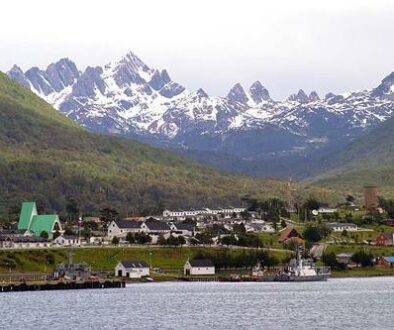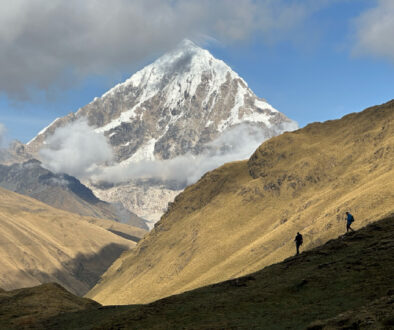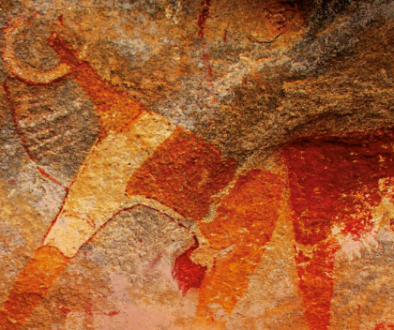Conserving sacred natural sites in Estonia
Kaasik, Ahto2012
The article discusses the challenges that present day conservation of sacred natural sites in Estonia is facing. Estonia is the Western European country where sacred natural sites and related tradition have been better protected. The author discusses the different types of sacred natural sites, which he estimates to be around 7000 sacred natural sites is Estonia, from which about 500 are sacred groves (hiis). During the past few decades attempts have been made to restore the communal customs connected to some sacred natural sites, especially by Maavalla Koda, the House of the Estonian traditional religion. In 2008 the Estonian Ministry of Culture approved the National conservation plan ‘Sacred natural Sites in Estonia: Study and Maintenance 2008-2012’ the first of its kind in Europe. The Plan is an intergovernmental effort involving several governmental bodies, the University of Tartu and Maalava Koda. Depending on the extent of the Plan implementation, pressures and impacts against sacred natural sites of the country will be neutralised or reversed.
Reference
Kaasik, Ahto. “Conserving sacred natural sites in Estonia”. A: Mallarach, Josep-Maria; Papayannis, Thymio; Väisänen, Rauno (eds.). The Diversity of Sacred Lands in Europe: Proceedings of the Third Workshop of the Delos Initiative – Inari/Aanaar 2010. Gland, Switzerland: IUCN and Vantaa; Finland: Metsähallitus Natural Heritage Services, 2012. 61-73 pp. ISBN: 978-2-8317-1423-3.




